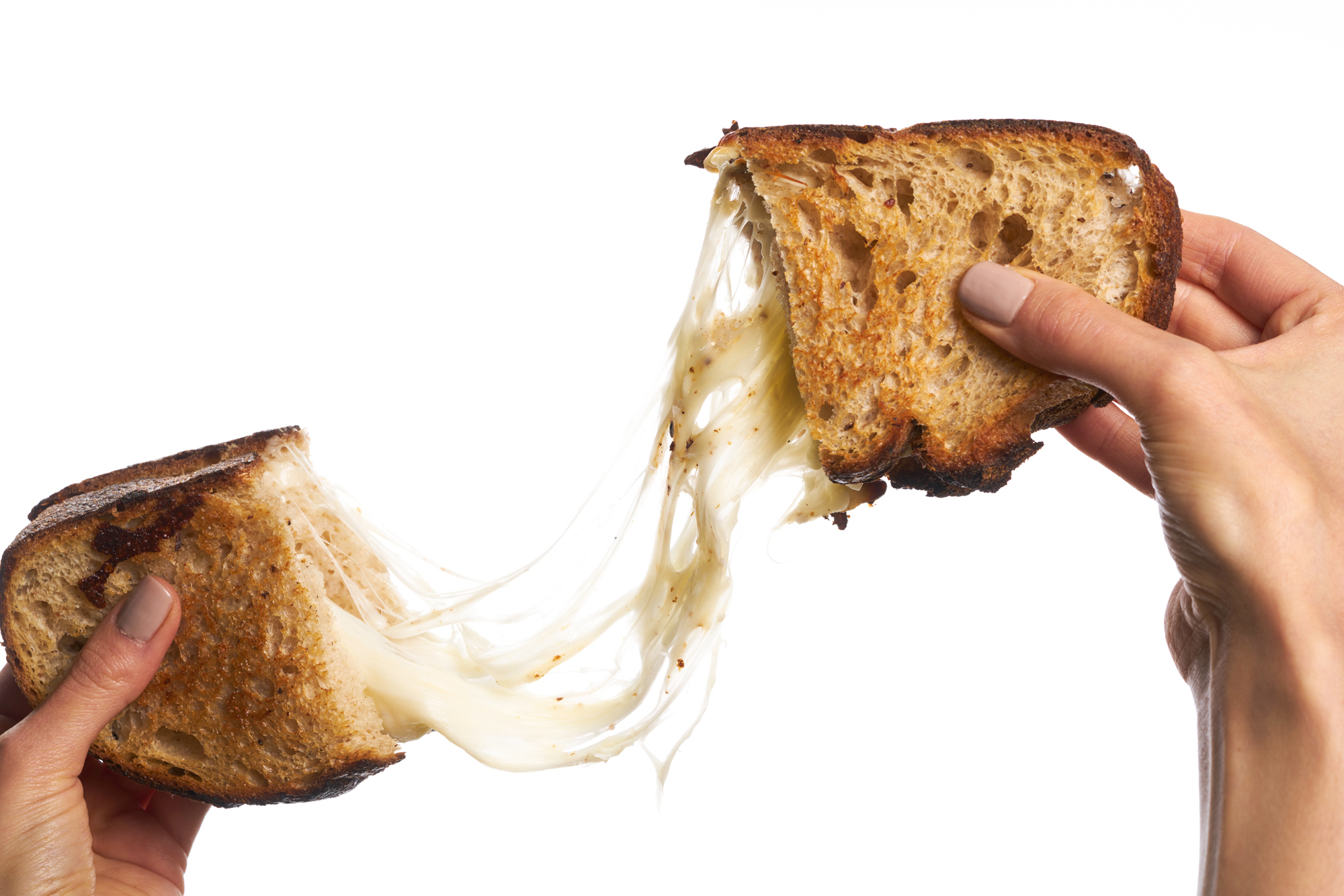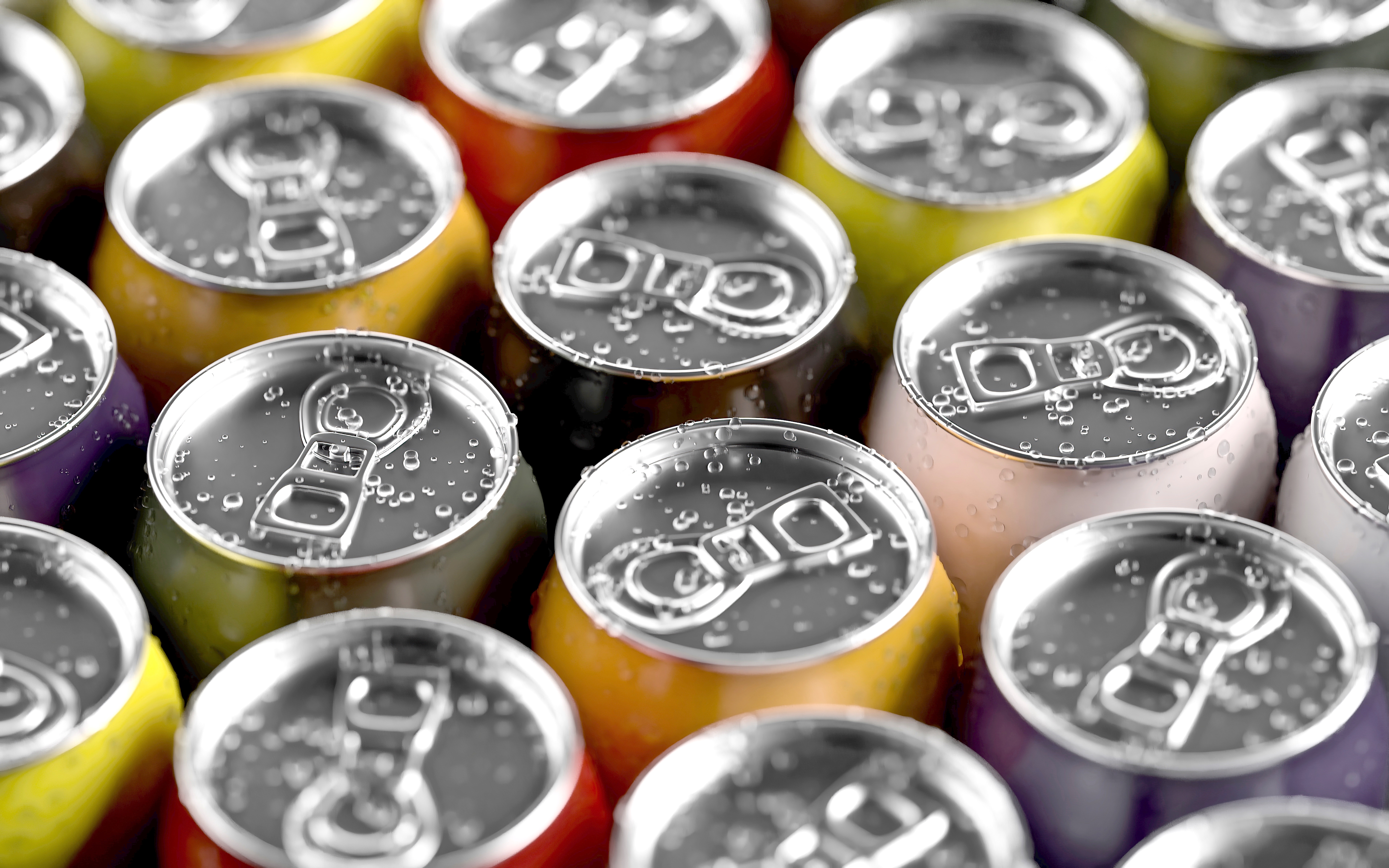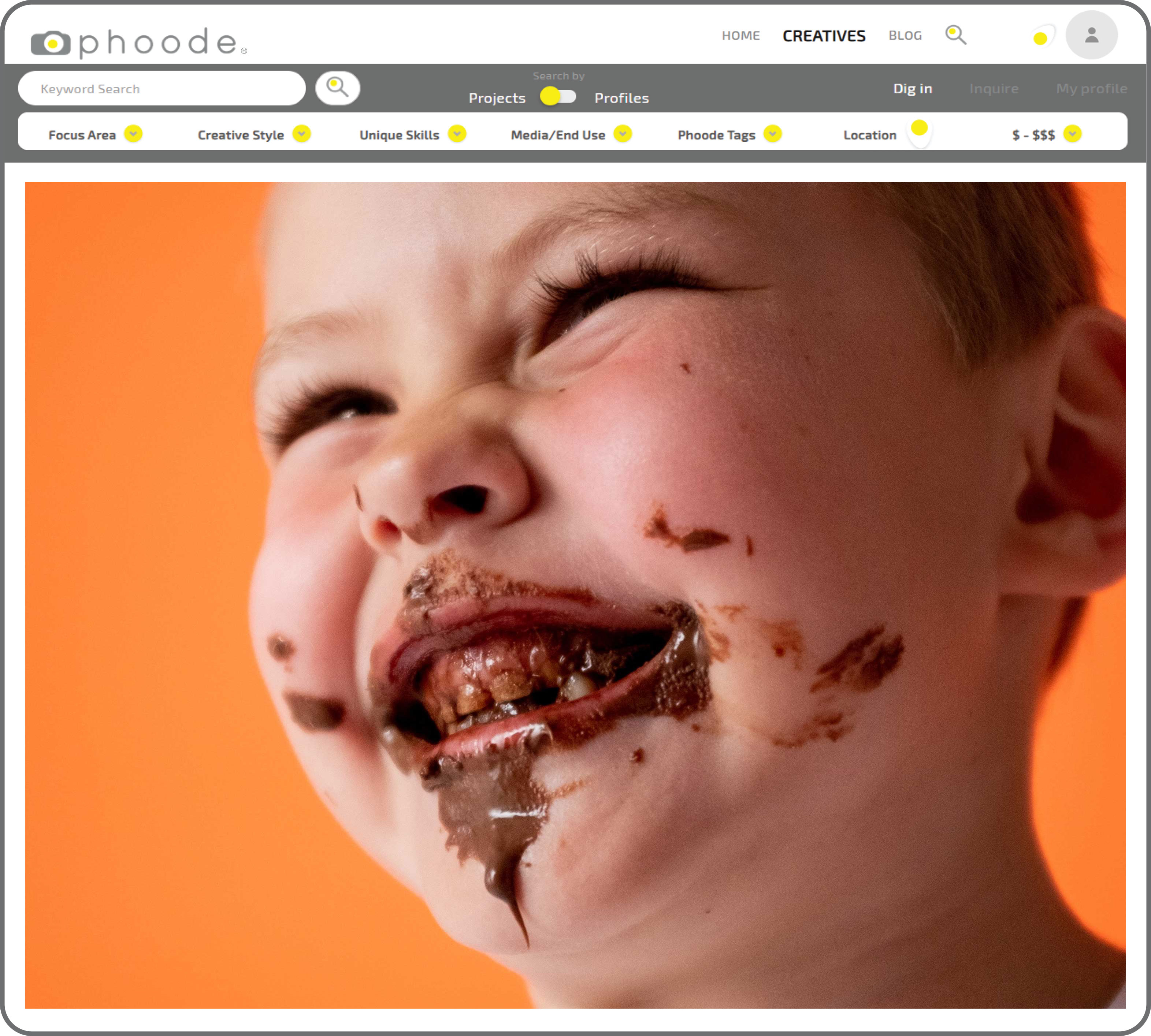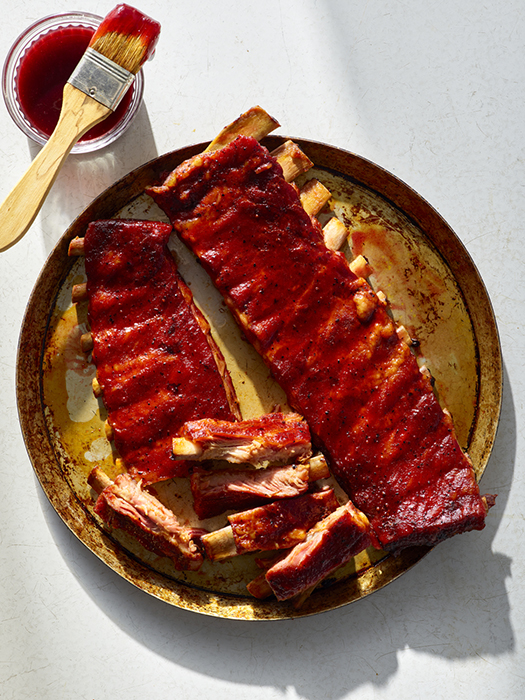The Principles of Legally Trouble-Free Content Marketing and Advertising for Food & Beverage Brands
Getting into trouble for false advertising can have serious consequences for both the consumers and the brands involved. The bigger the brand, the more competitive space, the more potential for trouble in case the false advertising is exposed.
Each brand has its target consumer, content marketing strategies, and ideas on how to sell the product. Sometimes, the creatives who work on their campaigns become too imaginative that the content appears outlandish, like a sci-fi movie, or cartoon-like. Certain ideas push the envelope so far that brands get into a lot of trouble.
Having worked with significant corporate CPG brands and small startups, I have witnessed various practices concerning content creation and ideas on how to creatively market it. For instance, a vegan cheese brand may wish to present the succulent grilled cheese sandwich pull, while their product – the vegan cheese – does not melt in the same way as dairy cheese, and it definitely does not pull. They want the food stylist to mix it with real cheese and “fake” the cheesy stretch. Imagine the vegan customer who wants to make that classic melty, pully sandwich at home, and to his disappointment, discovers that the product just does not do that and posts the story on social media. This scenario seems trivial, but it is a serious marketing no-no.

When it comes to food and beverage CPG product content marketing and developing creative content ideas, creatives and marketers should be particularly sensitive to the following principles.
-
False or Misleading Claims
Making false or misleading claims about a product’s health benefits or nutritional content confuse consumers and damage the brand’s reputation. For example, marketing a sugary cereal as a “health food” could be considered false advertising. False claims confuse consumers about the quality or nutritional value of the product. Here are some historic examples of false or misleading claims in food advertising:
- Kellogg’s Frosted Mini-Wheats: In 2013, Kellogg’s had to pay $4 million to settle a lawsuit for claiming that their Frosted Mini-Wheats cereal improved children’s attentiveness by nearly 20%. The claims were found to be unsupported by scientific evidence.
- Vitaminwater: In 2010, the maker of Vitaminwater, Coca-Cola, was sued for falsely claiming that the drink was healthy and that it could reduce the risk of eye disease and boost the immune system. The company eventually settled for $9 million.
- Subway’s Footlong sandwich: In 2013, Subway faced a class-action lawsuit for false advertising after customers found that the “Footlong” sandwich was not actually 12 inches long. The company settled for $500,000 and changed its policy to ensure that all sandwiches are at least 12 inches long.
- POM Wonderful: In 2013, POM Wonderful was fined $3 million for making false claims about the health benefits of their pomegranate juice. The Federal Trade Commission found that the claims were not supported by scientific evidence.
- Dannon Activia: In 2010, Dannon had to pay $21 million to settle a lawsuit for falsely claiming that its Activia and DanActive yogurt products could improve digestive health. The claims were found to be misleading and not supported by scientific evidence.

2. Offensive food advertising
Using offensive or insensitive advertising can alienate potential customers and harm the brand’s reputation. It refers to advertisements that may offend or upset certain groups of food and beverage product users. Here are some famous examples of offensive food advertising:
- Kentucky Fried Chicken’s “Hot and Spicy” ad: In 2010, KFC released an ad featuring a black man surrounded by white people who look afraid, and he said, “Too hot to handle? Try the hot and spicy from KFC.” It was criticized for perpetuating racist stereotypes and portraying black people as aggressive and intimidating.
- Snickers “Get Some Nuts” campaign: In 2007, Snickers released an ad that featured two mechanics who become aggressive and engage in a kiss after sharing a Snickers bar. It was criticized for promoting homophobic and hyper-masculine attitudes.
- Coca-Cola’s “It’s Beautiful” Super Bowl ad: In 2014, Coca-Cola aired an ad featuring people singing “America the Beautiful” in different languages. The ad was criticized for not using English and promoting diversity in the US.
- Pizza Hut’s “Fat Bastard” ad: In 2009, Pizza Hut released an ad that featured a character named “Fat Bastard” eating a pizza with a lot of cheese. It was criticized for promoting negative body image and perpetuating stereotypes about overweight people.
- Pepsi’s “Uncle Drew” ad: In 2018, Pepsi released an ad featuring Kyrie Irving dressed as an old man playing basketball with younger people. It was criticized for cultural appropriation and promoting negative stereotypes about older people.
- Pepsi ad featuring Kendall Jenner: In 2017, Pepsi released an advertisement that showed Kendall Jenner joining a protest and offering a can of Pepsi to a police officer. The ad was criticized for trivializing and appropriating social justice movements.
- Burger King’s “Women belong in the kitchen” tweet: In 2021, Burger King UK tweeted out “Women belong in the kitchen” on International Women’s Day, with the intention of starting a conversation about the lack of female representation in the culinary industry. However, the tweet was widely criticized for its insensitive and tone-deaf approach.
- Skyy Vodka’s “Ugly Girlfriend” ad: In 2011, Skyy Vodka released an ad with the tagline “Make Your Girlfriend Ugly.” The ad was widely criticized for promoting negative body image and perpetuating harmful stereotypes about women.

3. Over-Promising.
Making exaggerated claims about a product’s taste, quality, nutritional value, or benefits can set unrealistic expectations and ultimately disappoint customers. For example, promising “miraculous” weight loss results from consuming a particular product can be unrealistic and misleading. Here are a few classic examples of over-promising in food ads:
- Subway’s Jared Fogle campaign: In the late 1990s, Subway launched a campaign featuring Jared Fogle, a man who claimed to have lost weight eating only Subway sandwiches. The campaign suggested that eating Subway sandwiches was a healthy and effective way to lose weight, but the company later faced backlash when Fogle was found to have engaged in illegal and inappropriate behavior.
- Red Bull’s “Gives You Wings” slogan: Red Bull’s marketing campaign claimed that their energy drink could “give you wings” and improve mental and physical performance. The company faced a class-action lawsuit in 2013 for false advertising and eventually settled for $13 million.
- McDonald’s “I’m Lovin’ It” campaign: McDonald’s “I’m Lovin’ It” campaign promoted the idea that their food was enjoyable, delicious, and made with high-quality ingredients. However, the campaign faced criticism for misleading consumers about the nutritional value of their food and for promoting unhealthy eating habits.
- General Mills’ “Total” cereal: General Mills marketed its “Total” cereal as a healthy and nutritious breakfast option that could lower cholesterol and promote heart health. However, the claims were found to be misleading and not supported by scientific evidence.
- Frito-Lay’s “Baked” chips: Frito-Lay advertised its “Baked” chips as a healthier alternative to regular potato chips, claiming that they contained 50% less fat. However, the chips still contained high levels of sodium and calories, and the company faced backlash for misleading consumers about the health benefits of the product.
These examples demonstrate how over-promising in food advertising can mislead consumers and promote unhealthy eating habits. Companies have a responsibility to ensure that their advertising is truthful, accurate, and not misleading to protect consumers’ health and well-being.

4. Inappropriate Targeting
Targeting a product to the wrong audience can lead to poor sales and a damaged reputation. For example, marketing a high-priced luxury food item to low-income consumers can be seen as insensitive and out-of-touch.
Inappropriate targeting in food advertising refers to when companies target their products to groups that may be vulnerable or easily influenced, such as children or individuals with health conditions. Here are some examples of inappropriate targeting in food advertising:
- Junk food advertising to children: Many companies have come under fire for advertising unhealthy foods, such as sugary cereals, snacks, and fast food, to children. These ads often use bright colors, catchy jingles, and cartoon characters to appeal to young children, who may not fully understand the nutritional implications of the products.
- Misleading health claims: Some food companies may target individuals with health conditions, such as diabetes or heart disease, by making misleading health claims on their packaging or in their advertising. For example, a product may be marketed as “low sugar” or “heart-healthy,” but may still contain high levels of fat or sodium.
- Weight loss products: Many weight loss products, such as diet pills or supplements, are marketed to individuals who may be struggling with their weight. However, these products often make false or misleading claims about their effectiveness or safety, leading to disappointment or even harm for consumers.
- Energy drinks: Energy drinks are often marketed to young adults and athletes, but can be dangerous if consumed in excess. These drinks may contain high levels of caffeine or other stimulants, leading to negative health effects such as heart palpitations or anxiety.
- Alcohol advertising: Alcohol companies may target young adults or college students with ads that promote drinking as a fun or social activity. However, these ads may not adequately highlight the potential dangers of alcohol consumption, such as drunk driving or alcohol addiction.
These examples demonstrate how inappropriate targeting in food advertising can have negative consequences for consumers, particularly those who may be vulnerable or easily influenced. Brands must ensure that their advertising is ethical and responsible and does not mislead or harm their target customer.
5. Lack of Transparency
Failing to provide clear and accurate information about a product’s ingredients, nutritional value, or production process can undermine consumer trust and damage the brand’s reputation. For example, not disclosing the presence of allergens in a product can be dangerous for consumers and damaging to the brand’s reputation.
Lack of transparency in food advertising refers to when companies do not fully disclose information about their products or their production methods, potentially misleading consumers. Here are some examples of lack of transparency in food advertising:
- Hidden ingredients: Some food companies may not fully disclose all of the ingredients in their products, making it difficult for consumers to know what they are consuming. For example, a product may contain “natural flavors” or “spices,” which could include a wide range of additives or chemicals.
- Misleading labels: Some food labels may be misleading, making it difficult for consumers to make informed decisions about their food choices. For example, a product may be labeled as “organic” or “natural,” but may still contain non-organic or artificial ingredients.
- Vague claims: Some food advertising may make vague or general claims about a product’s health benefits or nutritional value, without providing specific information or evidence to support those claims. For example, a product may claim to be “heart-healthy” or “low in fat,” but may not provide any details on what those claims actually mean.
- Confusing serving sizes: Some food companies may use confusing serving sizes on their packaging, making it difficult for consumers to know how much of a product they are actually consuming. For example, a product may list a serving size as “1/2 cup,” but the packaging may contain several servings that are larger than that.
- Lack of information about production methods: Some food companies may not fully disclose information about how their products are produced, potentially hiding unethical or harmful practices. For example, a product may not disclose that it was produced using genetically modified organisms (GMOs), or that it was made using animal testing.
These examples demonstrate how a lack of transparency in food advertising can be misleading and potentially harmful to consumers. Companies must be transparent about their products and production methods, and provide clear and accurate information to help consumers make informed decisions about their food choices.
The fallout of false advertising can be significant and far-reaching. It is important for marketers to be truthful and transparent in their campaigns to avoid these negative consequences.
- Loss of Trust: False advertising can erode the trust that consumers have in a company, product, or industry. If a consumer feels they have been misled, they are less likely to trust future advertising from that company or industry.
- Legal Action: False advertising can lead to legal action against the advertiser. Consumers may seek damages for the cost of the product or service, as well as any other damages that were caused by the false advertising.
- Reputational Damage: False advertising can damage the reputation of the advertiser. If consumers perceive the advertiser as dishonest, it can have a long-term impact on their brand and their ability to attract new customers.
- Financial Consequences: False advertising can lead to financial consequences for the advertiser. If a product or service does not live up to the claims made in the advertising, it may lead to returns, refunds, or lost sales.
- Regulatory Action: False advertising can also result in regulatory action by government agencies. Advertisers may be subject to fines, penalties, or even legal action by these agencies.









